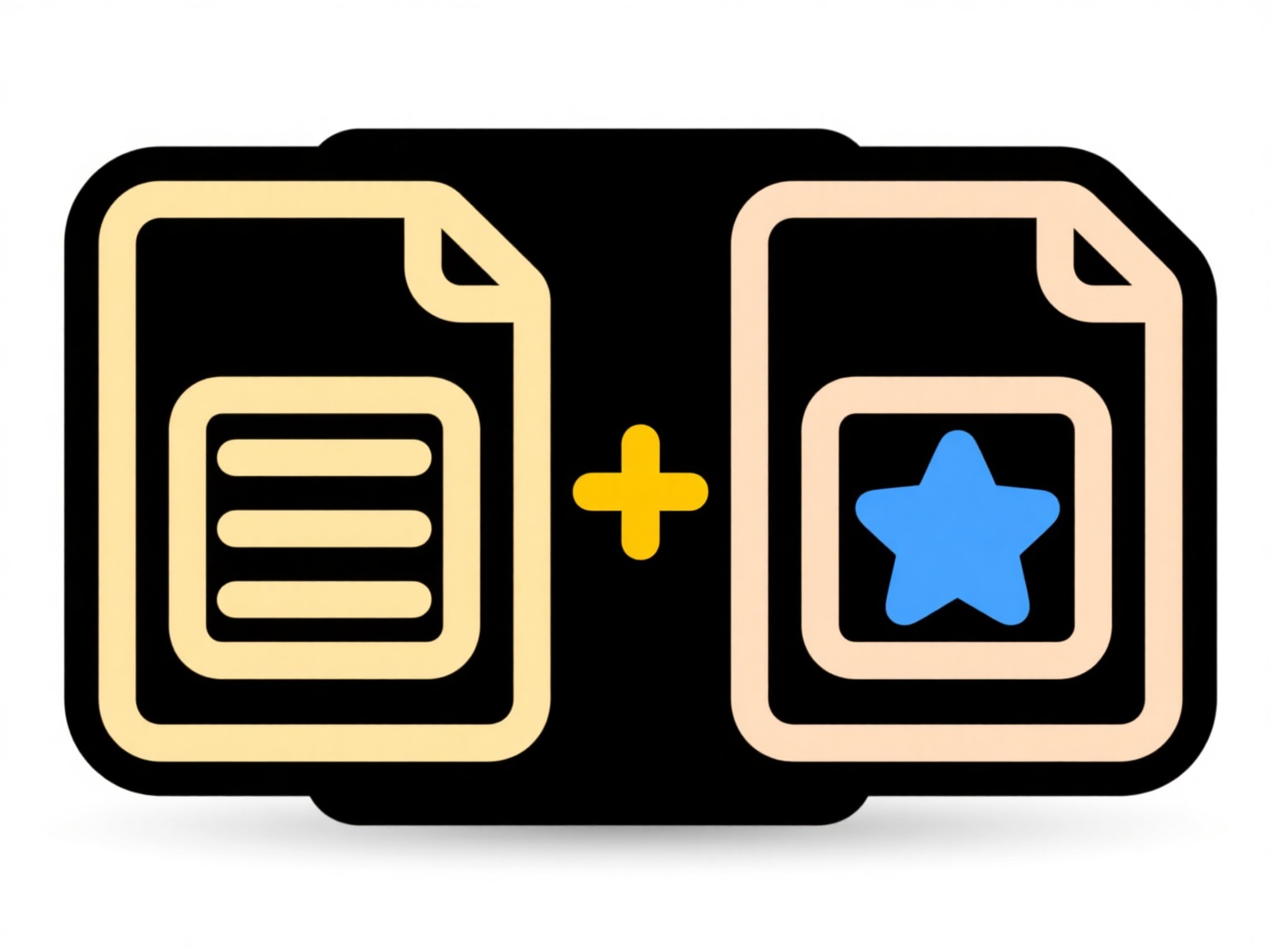
Internal file versions are temporary working drafts used solely by your team during creation and review. They help track progress and maintain order while changes happen frequently. In contrast, external versions are finalized, approved, and officially released to customers or partners. The key difference lies in audience and stability: internal versions are meant for collaboration and iteration, while external versions represent stable, official points of release ready for wider distribution.

In practice, a software development team might use sequential internal build numbers (like v1.0.0-build456) for daily testing, while designating major milestones (like v1.0.0 or v1.1.0) as external versions shipped to users. Similarly, a marketing department could manage numerous internal drafts of a brochure (e.g., 'Brochure_Q3_draft3'), only creating an external version (e.g., 'Customer_Brochure_v1.0') once fully approved for print or download from the website. Industries like legal, engineering, and publishing heavily rely on this distinction.
Clearly separating internal and external versions prevents user confusion over unfinished work and ensures only approved materials go public. Advantages include better change tracking, collaboration efficiency, and compliance adherence. A key limitation is the need for rigorous processes to prevent accidental external release of internal drafts. Consistent labeling (e.g., "DRAFT" watermark for internal, version numbers like v2.0 for external) and controlled access permissions are critical best practices to manage this effectively.
How do I manage internal vs external file versions?
Internal file versions are temporary working drafts used solely by your team during creation and review. They help track progress and maintain order while changes happen frequently. In contrast, external versions are finalized, approved, and officially released to customers or partners. The key difference lies in audience and stability: internal versions are meant for collaboration and iteration, while external versions represent stable, official points of release ready for wider distribution.

In practice, a software development team might use sequential internal build numbers (like v1.0.0-build456) for daily testing, while designating major milestones (like v1.0.0 or v1.1.0) as external versions shipped to users. Similarly, a marketing department could manage numerous internal drafts of a brochure (e.g., 'Brochure_Q3_draft3'), only creating an external version (e.g., 'Customer_Brochure_v1.0') once fully approved for print or download from the website. Industries like legal, engineering, and publishing heavily rely on this distinction.
Clearly separating internal and external versions prevents user confusion over unfinished work and ensures only approved materials go public. Advantages include better change tracking, collaboration efficiency, and compliance adherence. A key limitation is the need for rigorous processes to prevent accidental external release of internal drafts. Consistent labeling (e.g., "DRAFT" watermark for internal, version numbers like v2.0 for external) and controlled access permissions are critical best practices to manage this effectively.
Quick Article Links
Is there a difference between uppercase and lowercase in file names?
File names that differ only in case (uppercase vs lowercase letters) may be considered the same or distinct files depend...
How do I search files using PowerShell or Terminal?
Searching files in PowerShell (Windows) or Terminal (macOS/Linux) uses command-line utilities. In PowerShell, `Get-Child...
Can I integrate renaming into my file workflow?
Renaming integration refers to automating file name changes within an existing file management process, rather than perf...